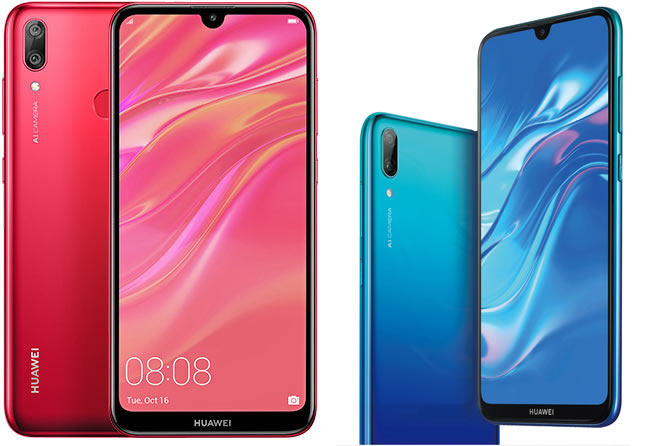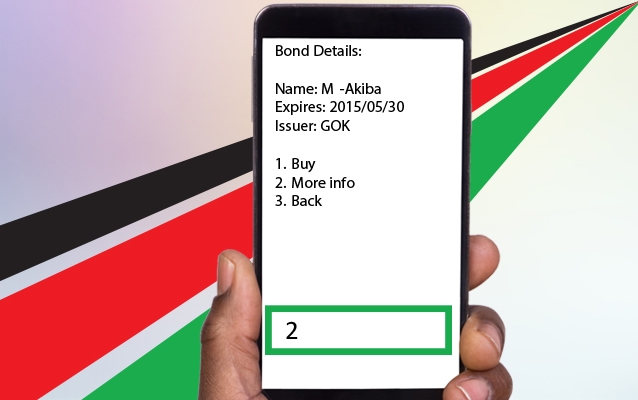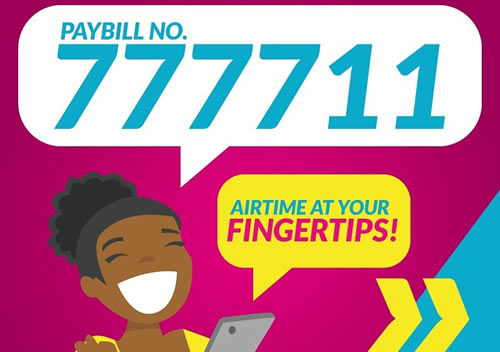Too soon too quick you might say, but the phone we recently saw Huawei use to flex muscle on what we should expect in 2019 has officially gone on sale here in Kenya; the same month it was unveiled – and with the likes of Jumia and Kilimall capping it’s price a little below Ksh.20,000. It doesn’t seem half-baked, meaning it was well planned for with a specific target in the picture. We also don’t expect the Huawei Y7 Prime (2019) to win any awards in the year but it will comfortably cater for its rightful market without a sweat.
Huawei already has some of it’s 2019 lineup like the Huawei Y9 going one on one with the competition at least here in Kenya, there’s however lots of back and forth in developed nations such as the US and European countries on just how much influence the Chinese government has on the phone maker. Ironically, it performed well above expectations overtaking Apple in the number of shipments in 2018. Moving on from the struggles and achievements Huawei has so far experienced, let’s check out the Y7 Prime (2019) so you can decide whether it’s your phone or continue searching.
Here is what you need to know before buying the Huawei Y7 Prime (2019)
The Screen
It’s a big phone without a doubt and at 6.26 inches, bezels have been squeezed to the brim, so it can maintain a reasonable overall footprint. If you have small hands as I have, this phone is probably an overkill and you’re better off looking for something within five or less inches. But if you’ve been looking for a decent smartphone that will not leave a hole in your pocket and you’re not very particular on screen resolution, then this is what one would call a perfect match. The screen resolution is below average in times when everything is moving towards 4K, QHD would have been acceptable though and a large screen size doesn’t make it any better. The Huawei Y7 Prime (2019)’s 1520 x 720 pixels resolution only results to a mere 269 pixels per inch (PPI) meaning thighs will not be as finer and sharper as the top range galaxies from Samsung for example.
Design
The company describes HUAWEI Y7 Prime 2019’s design as elegant and simple as it reveals its beauty to the world. This is not far from truth, the design is simply beautiful with ceramic-like texture and smooth touch, that gives you a unique and comfortable feel in your hand. Available colors include Aurora Blue, Coral Red and Midnight Black. To achieve a manageable overall size while retaining a large 6.26inch display, the company utilized what it calls a Dewdrop display that has a small water-drop like notch that houses the front camera.
Performance
Android OS is so reliant on the amount of RAM available which makes it a big deal worth checking out. Underneath this phone, you’ll get 3 GB RAM which falls in the average category and should handle basic processes without an issue. But if you’re looking for a gaming device that will easily chew heavy games and reproduce graphics without dropping a frame, you better look elsewhere. The processor on its part, is sufficient for most workloads, it’s intelligent and will deliver a smooth experience while running multiple apps. Underneath you’ll have 32GB free space which is upgradable with a MicroSD card of up to 512 GB MicroSD to store whatever you need.
Cameras
HUAWEI Y7 Prime 2019 has cameras with decent enough sensors that will render nice images you’ll most probably love. It’s not a replacement for a point to shoot camera but you wouldn’t be disappointed taking phones on the device. At the back are dual sensors; a 13MP main camera and a 2MP depth sensor while at the front is a single 16MP selfie camera.
Conclusion;
We’ve done our part to explain the specs as fair as we could, it’s now your duty to decide whether the Huawei Y7 Prime (2019) has future in your pockets or not.








